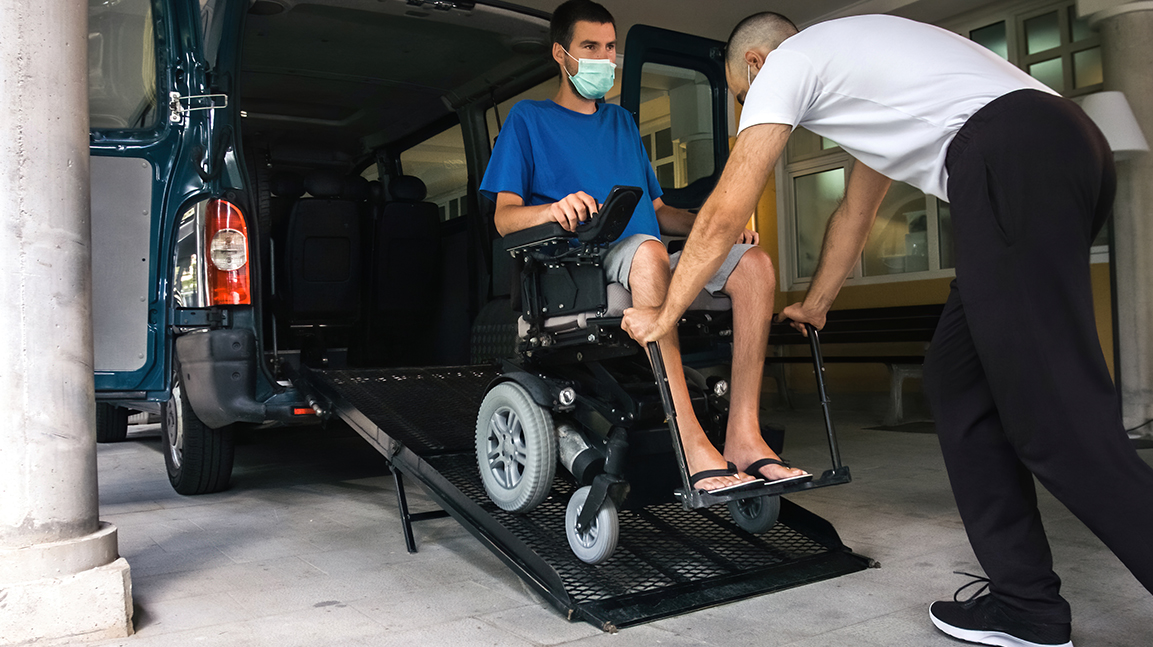6 Effective Listening Techniques in Communicating with Injured Workers

Workers compensation claims professionals often deal with injured workers who struggle to communicate their thoughts, feelings, and experiences. Whether due to the pain or medication, some workers may not articulate their thoughts as clearly as expected. As such, claims professionals must possess effective communication skills, specifically active listening techniques, when talking to injured workers. Active listening is a crucial skill that allows an individual to focus on a speaker’s words and understand their perspective.
 Download Cheat Sheet |
- Show Empathy and Understanding
Active listening begins with empathy. When speaking with an injured worker, acknowledge their pain, frustration, or anxiety. Expressing empathy helps them feel heard and supported. Use statements like, “I understand this must be difficult for you” or “I can see how frustrating this situation is.” Demonstrating empathy sets a positive tone for the conversation and encourages the injured worker to open up. - Encourage Communication
The key to good communication is to create an environment where injured workers are comfortable sharing. Therefore, it is essential to encourage workers to communicate by showing interest, asking open-ended questions, nodding, and providing non-verbal cues such as smiling. This technique allows the worker to feel valued and heard, which can help establish trust with the claims professional. Encouraging communication also helps the claims professional determine the worker’s pain level and needs, which is crucial in developing a personalized claims plan. - Listen Carefully
Active listening also involves listening carefully to what the worker is saying. Claims professionals should avoid being distracted by their thoughts, surroundings, or opinions. Instead, they should concentrate on the speaker’s words, tone, and body language. This technique can help the professional pick up essential clues to help with case management, such as physical and emotional symptoms and potential underlying issues. - Practice Reflective Listening
Reflective listening involves paraphrasing or summarizing the injured worker’s words to ensure you’ve understood them correctly. It shows that you are actively processing their words and not just waiting for your turn to speak. For example, if they say, “I’m worried about how I’ll pay my bills during my recovery,” you can respond, “It sounds like you’re concerned about your financial situation while you’re unable to work.” This technique confirms your understanding and encourages them to share more. - Ask Open-Ended Questions
Open-ended questions invite injured workers to share their thoughts, feelings, and concerns more fully. Avoid yes-or-no questions and instead ask questions that begin with words like “how,” “what,” or “tell me about.” For instance, instead of asking, “Are you in pain?” you can ask, “How would you describe your pain, and when does it seem most intense?” Open-ended questions encourage a more detailed and meaningful conversation. - Avoid Interrupting and Be Patient
It’s essential to resist interrupting or finishing the injured worker’s sentences. Allow them to express themselves fully before responding. Sometimes, they might need a moment to collect their thoughts or emotions. Be patient and give them the time they need. Interrupting can make them feel unheard and may hinder effective communication.
Effective communication is a skill that is useful in all spheres of life. However, it is particularly crucial in the workers’ compensation claims process as it affects the worker’s treatment and recovery. Active listening is a technique that claims professionals can use to communicate with injured workers effectively. By encouraging communication, listening carefully, reflecting emotions, clarifying information, and responding appropriately, claims professionals can establish trust with the worker, improve case management, and ultimately facilitate a positive outcome for the worker.











